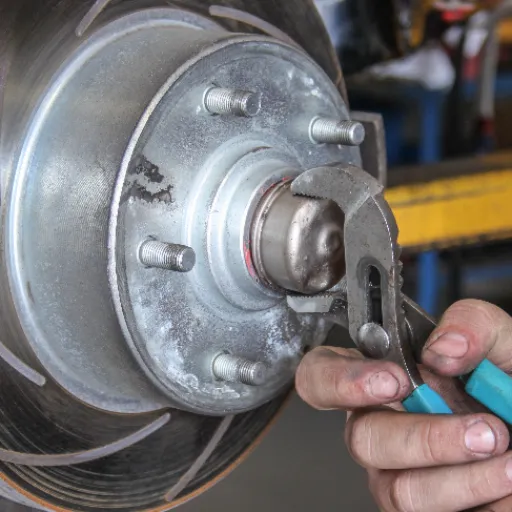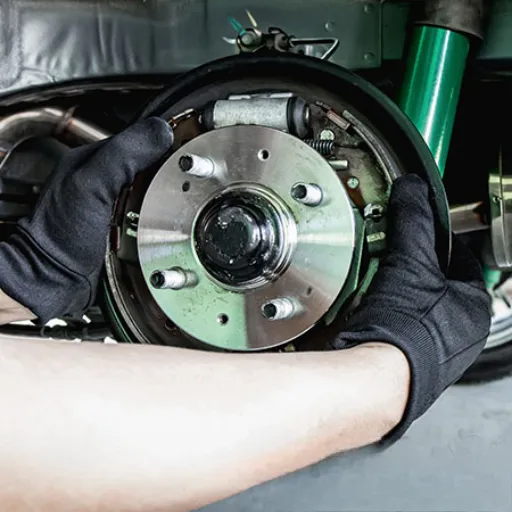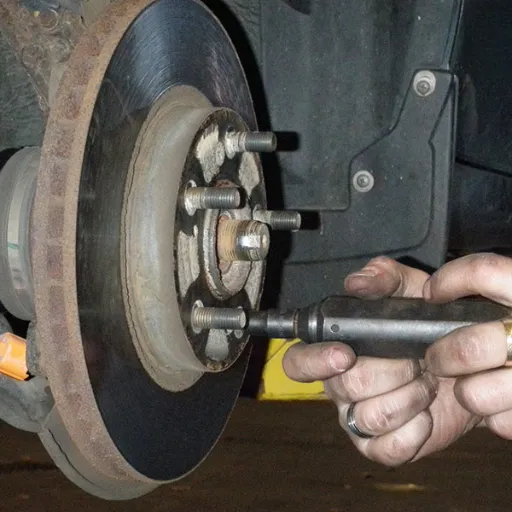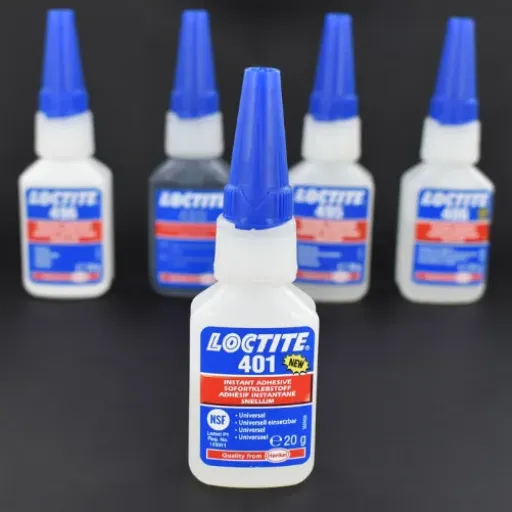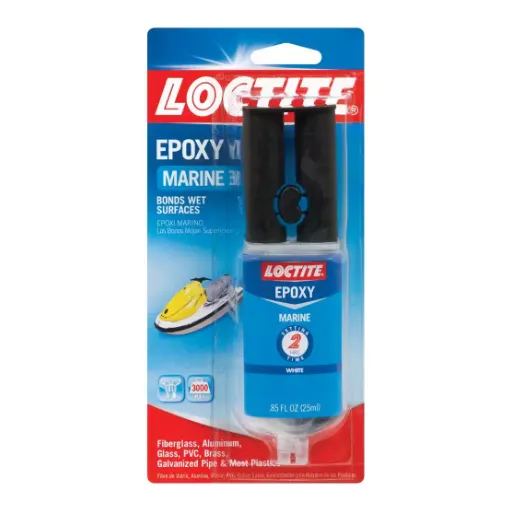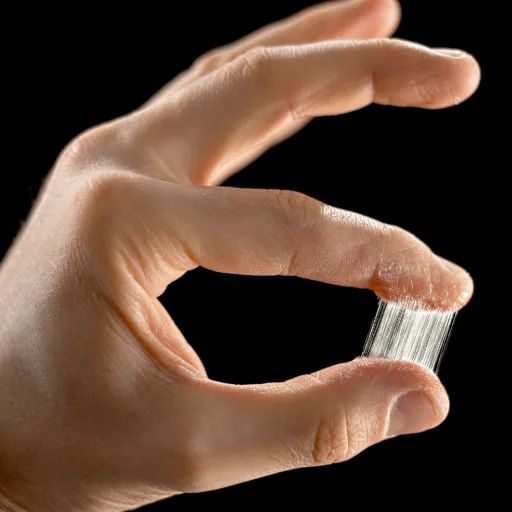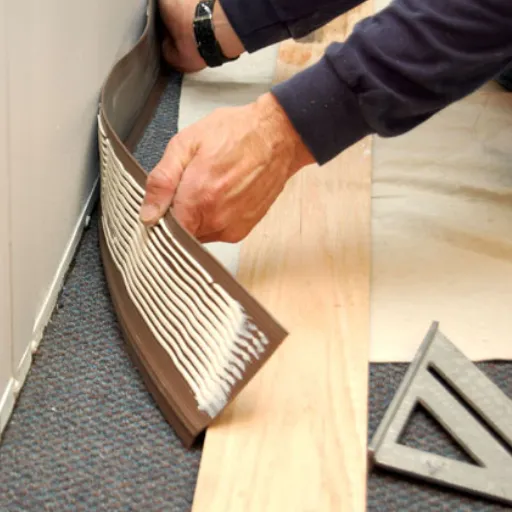Styrofoam is a dream canvas for makers and crafters alike, due to its versatility and lightness. However, a common dilemma that baffles even seasoned artists working with Styrofoam is the glue: how does one effectively glue Styrofoam? Since the adhesives differ, using the wrong ones can lead to a mess, weak bonding, or damage to the material itself. This article addresses the issue of selecting glue for Styrofoam with a practical approach, offering advice, tips, and techniques to help readers achieve a strong, seamless bond. So if it is a school project, wall decoration, or a detailed model, we have all the basics for you to make Styrofoam gluing both a breeze and a success.
Understanding Styrofoam
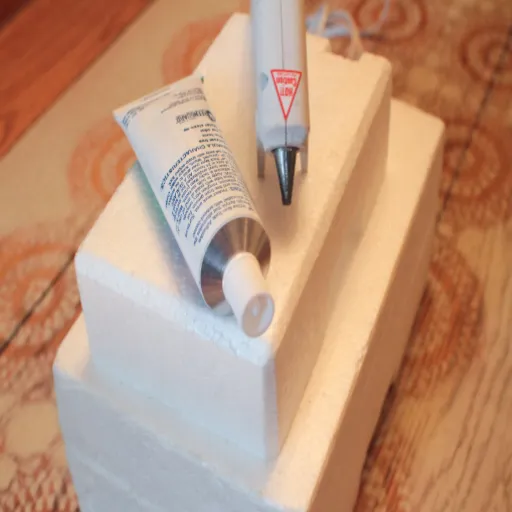
Styrofoam is a lightweight, versatile material made from expanded polystyrene. The potential applications extend to insulation, packaging, craftwork, and model building due to their shock absorbance and retention of shape. While the Styrofoam is quite durable, it can be easily damaged by adhesives, chemicals, or heat, which may cause it to dissolve or deform. Knowing the properties of Styrofoam is paramount to handling and bonding it.
Common Applications of Styrofoam
Construction
Serves as an insulation material for walls, roofs, and foundations, offering thermal resistance and waterproofing qualities.
Packaging
Provides cushioning for fragile items, such as electronics, glassware, and delicate instruments.
Food Service
Used for disposable cups, plates, and takeaway containers due to their lightweight and insulating properties.
Crafts & Models
Favorite among hobbyists for creating props, displays, and architectural models.
Why Special Adhesives are Required
Critical Information
Styrofoam requires a special type of adhesive for adhesion, depending on its physical and chemical properties. Lightweight and consisting primarily of polystyrene foam, Styrofoam has a very delicate surface that can be damaged by the application of strong solvent-based adhesives. Such solvents can dissolve or damage the material itself, thereby ruining its structural integrity. Additionally, due to Styrofoam’s non-porous and smooth surface, it presents a significant challenge to establish a stronger bond using conventional adhesives.
Why Regular Glues Don’t Work
- Chemical Sensitivity: Regular glues, particularly solvent-based ones, can destroy or damage the material
- Surface Incompatibility: Traditional adhesives don’t form strong bonds on smooth, non-porous Styrofoam surfaces
- Structural Issues: Regular adhesives often peel off or fall away, requiring special formulations for lasting hold
How Certain Adhesives Can Melt Styrofoam
Dangerous Chemicals to Avoid:
- Acetone
- Toluene
- Ethyl acetate
Result: These chemicals break down the polystyrene structure, causing deformation, shrinkage, or destruction while releasing potentially hazardous fumes.
The Importance of Using Styrofoam-Safe Products
Material Protection
Prevents damage and maintains structural integrity
Environmental Safety
Reduces air pollution and toxic substance release
Human Health
Minimizes health risks from inhaling harmful fumes
Sustainability
Supports eco-friendly and sustainable practices
Choosing the Right Adhesive
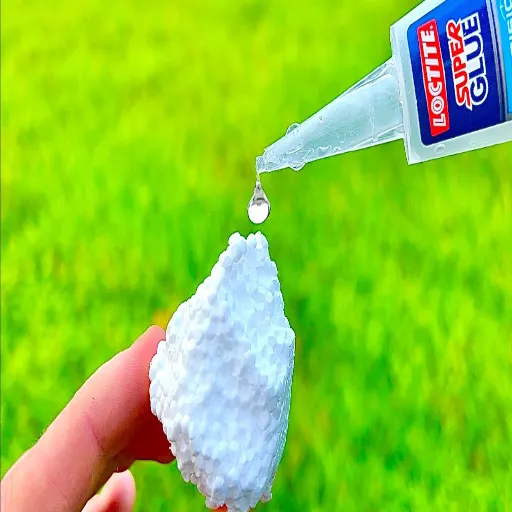
Golden Rule: When choosing an adhesive for Styrofoam, consider that a specially designed option will always be the best choice. To be safe, choose an adhesive marked as Styrofoam-safe, such as water-based glues, silicone adhesives, or specialized foam glues. These products should not contain solvents like acetone or toluene in their composition, as this can cause the Styrofoam to melt or be damaged.
Top Recommended Adhesives for Styrofoam
Gorilla Original Waterproof Polyurethane Glue
Features: Known for its strength and versatility, it works well on Styrofoam and other surfaces. Water-resistant and forms a perfect bond after complete curing.
Loctite PL 300 Foamboard Construction Adhesive
Features: Made to bond foam boards and Styrofoam securely without damaging the material. Boasts superb durability for use with various construction or crafting projects.
3M Super 77 Multipurpose Spray Adhesive
Features: Commonly preferred for craft and light-duty projects. Sprays an even coating and dries quickly. Styrofoam-safe formulation makes it preferable for hobbyists.
Beacon Foam-Tac Adhesive
Features: Best for fine and delicate Styrofoam projects. Offers strong and flexible holds, dries fast, and has a clear finish, making it ideal for intricate works.
Aleene’s Tacky Glue
Features: A favorite among crafters, it works well with Styrofoam because of its thick and strong properties. Non-toxic, hence suitable for use at home.
Factors to Consider When Selecting Glue
The following factors need to be closely considered when choosing a glue for maximum performance and durability:
Material Compatibility
Ensure the glue is compatible with the materials being used in your project, such as Styrofoam, wood, plastic, or metal.
Drying Time
Select quick glue for fast jobs, slow glue for fine adjustments during assembly.
Bond Strength
Look for “Industrial” or “Heavy Duty” markings for stronger load-bearing capacity.
Application Method
Available in spray, liquid bottle, gel tube, and stick forms for various precision requirements.
Toxicity and Safety
Select non-toxic and low-odor options for household use, especially when children are present.
Safety Tips for Working with Styrofoam Adhesives
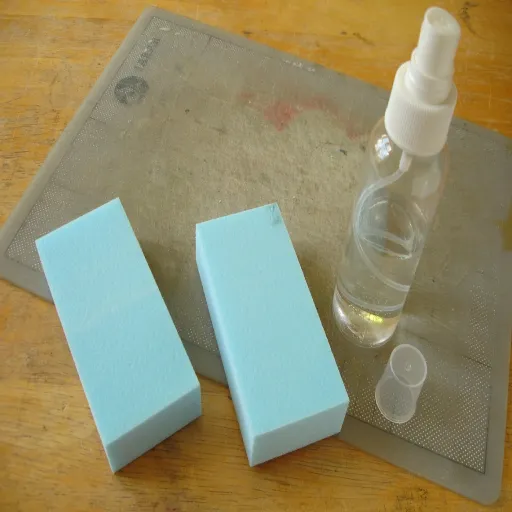
Work in a Well-Ventilated Area
Maintain good airflow to prevent fumes from entering your body.
Use Protective Gear
Wear gloves and safety goggles to protect against skin contact and splashes.
Avoid Open Flames
Keep adhesives away from heat sources, as most are flammable.e
Follow Instructions
Always read and follow the manufacturer’s directions on the packaging.
Store Safely
Keep out of reach of children and pets in a cool, dry area.
Dispose Properly
Follow local disposal regulations for unused adhesives and packaging
Ventilation and Fume Safety
Critical Safety Information
While adhesives used for Styrofoam can emit volatile fumes that are harmful if inhaled in a confined space, it is imperative to ensure adequate ventilation when working with these adhesives. It is best to work outside in a well-ventilated and enclosed area, under the guidance of a working exhaust system and with partially open windows.
Recommended Safety Measures:
- Use a portable air purifier if natural ventilation is insufficient
- Install a localized exhaust system to remove harmful fumes
- Always wear a respirator or mask to protect against chemical vapors
Personal Protective Equipment (PPE)
| Equipment Type | Purpose | Requirements |
|---|---|---|
| 🧤 Gloves | Protection against chemical contact | Chemical-resistant materials |
| 🥽 Safety Goggles | Eye protection against splashes | Proper seal around the eyes |
| 😷 Respirator | Prevent inhalation of harmful fumes | Well-fitted for effective protection |
Common Mistakes to Avoid
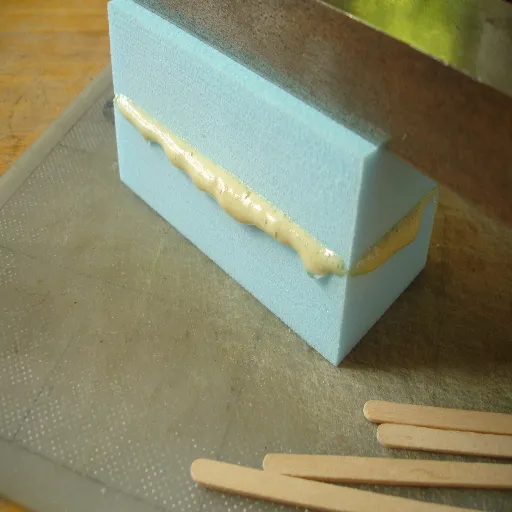
❌ Critical Errors That Compromise Safety
Using Incorrect PPE
Choosing equipment that is not appropriate for specific chemicals reduces the effectiveness of protection.
Failing to Inspect PPE
Neglecting to inspect for wear, tears, or damage significantly reduces the safety factor.
Improper Use of PPE
Safety is compromised when PPE is misused or not worn according to instructions.
Reusing Disposable PPE
Single-use protective gear loses effectiveness when reused beyond its intended lifespan.
Ignoring Proper Storage
Improper storage may subject PPE to contamination or damage, compromising quality.
Using Inappropriate Adhesives
Structural Failure Risk
Using inappropriate adhesives for specific materials or conditions can result in structural weaknesses and potential failure. It is currently perceived that many individuals and industries are underestimating the importance of selecting the right adhesive for their specific needs.
Common Problems Include:
- Adhesives designed for dry conditions fail when exposed to moisture
- Temperature-sensitive bonds breaking under extreme conditions
- Chemical interactions that weaken bonds or damage materials
Applying Excess Glue
Quality and Efficiency Issues
Problems ranging from compromising the quality and functionality of the adhesive bond arise due to too much glue. An abundance of glue can create a messy overflow, making it difficult to clean and harder to protect the surrounding materials or surfaces.
Longer Setting Time
Excess glue takes longer to set, decreasing process efficiency
Weak Bonding
Increases the likelihood of defects or poor bond strength
Cleanup Difficulties
Creates messy overflow that’s challenging to remove
Reference Sources
Here are five scholarly, authoritative reference sources to verify the information about gluing Styrofoam. These academic research sources provide reliable, peer-reviewed information:
Study Focus: Evaluated the use of Styrofoam waste and glues for making anatomical models as a low-cost, ecological tool for practical teaching of comparative anatomy.
Research Topic: Production of adhesive from cassava starch and waste synthetic materials. The paper discusses the manufacture of adhesives and their properties, including those based on Styrofoam.
Study Area: Recycling and reutilisation opportunities and techniques of the insulation material EPS (Expanded Polystyrene). Explores lifetime and adhesive applications of expanded polystyrene, commonly referred to as Styrofoam.
Application: An inexpensive, portable physical endoscopic simulator: description and initial evaluation. This investigation uses Styrofoam and glue in the fabrication of medical simulators.
Research Focus: Performance of particleboard made of agroforestry residues bonded with thermosetting adhesive derived from waste Styrofoam. Studies adhesives based on waste Styrofoam and their performance in bonding materials.







